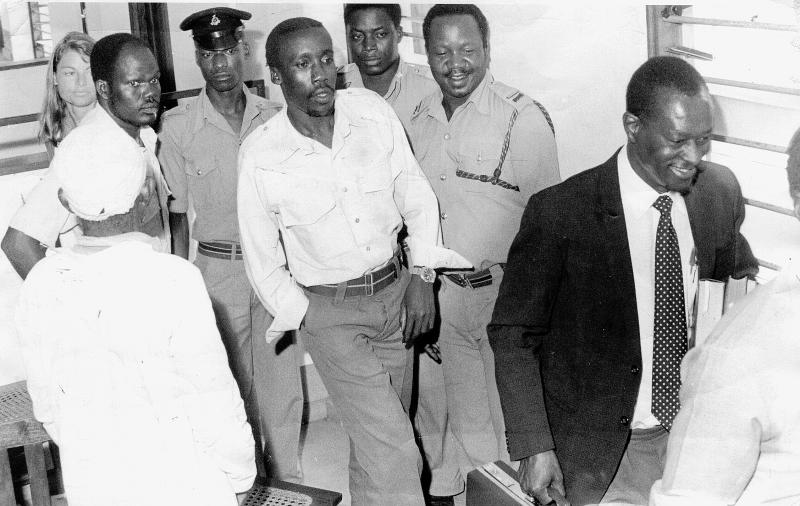×
The Standard e-Paper
Read Offline Anywhere

When the sound of heavy artillery and ruthless military boots violated the serenity of the city in the wee hours of Sunday, August 1, 1982, big men did strange things. After all, in these posh estates even mundane taxi honks were frowned upon.
Further away other crowded estates in the city and sleepy villages more than 200km away, some terrified military top brass quaked in their boots as they sheltered in bushes, strategising how to confront the unfolding insanity before it degenerated into anarchy.